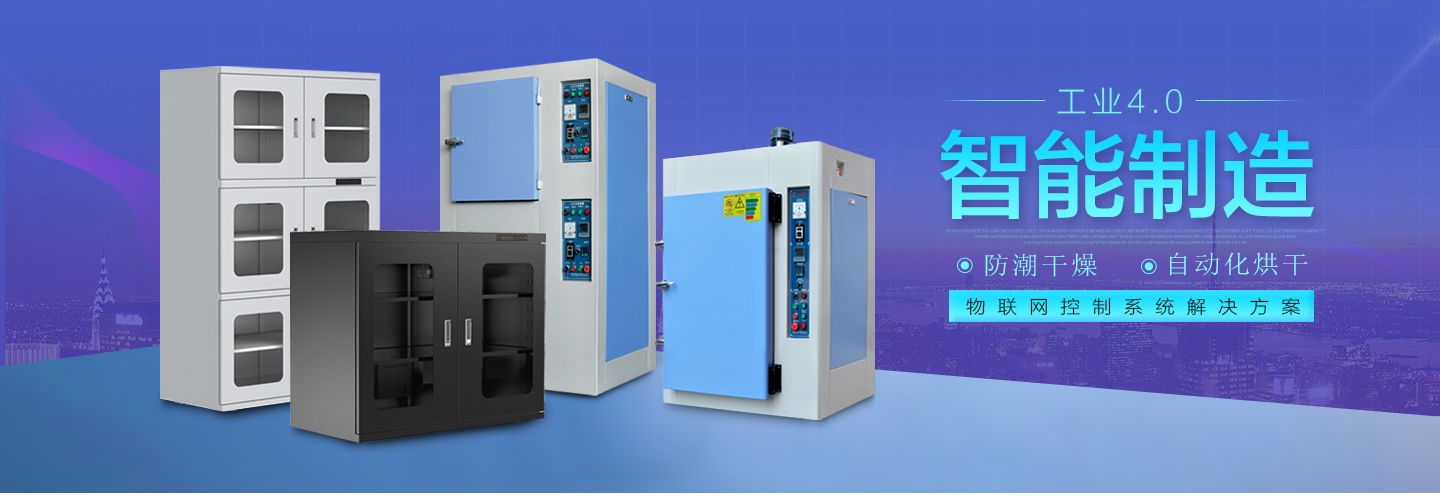Shenzhen Yihexing Electromechanical Technology Co., Ltd. is a manufacturing plant that focuses on the research and development of drying equipment. In addition to the production of conventional industrial ovens, drying ovens, and moisture-proof boxes, it can also customize various special specifications for special operations according to customer requirements. It is widely used In the electronics industry, automotive industry, chemical industry, LED optoelectronics industry, etc. Today, I will introduce you the recent hot-selling product-secondary curing oven.
The secondary vulcanization oven is mainly used for the vulcanization process of silicone rubber. According to the requirements of the vulcanization process, the principle of forced convection circulation of hot air is adopted, and the special inner tank design has the function of uniform temperature. In view of the particularity of the vulcanization process, a unique air duct is designed with large exhaust and circulating air volume to ensure the vulcanization effect and discharge the vulcanization waste gas in time. If you want to better complete the secondary vulcanization of rubber products, you must ensure that the operation is performed in accordance with the standards to ensure the quality of product baking.
1. Spread the rubber products evenly on the bakeware, and the height of the product stack should not exceed the height of the bakeware edge to ensure that the product is evenly heated and well ventilated; the product should be 2-5 cm away from the bakeware edge to prevent the product Touch the inner wall of the oven, or spill.
2. Products with the same material and different vulcanization systems should not be vulcanized together, and products with different materials in the same vulcanization system should not be vulcanized and heated together.
3. Carefully check whether the exhaust hole is open to ensure that the air duct and exhaust remain unblocked.
4. For thick products whose products exceed 15 mm, a gradual heating method should be adopted to prevent the product from bursting due to uneven heating! Each temperature step takes 1 hour or more to slowly and uniformly heat up; sometimes each temperature point must be kept at a constant temperature for 1 hour or more to synchronize the internal and external temperatures of thick products.
5. After the timing is over, turn off the heating and keep blowing to help dissipate heat; if the temperature is lower than 150℃, you can open the oven door and use a fan to dissipate heat; do not turn off the power directly and leave the product in the hot oven.
